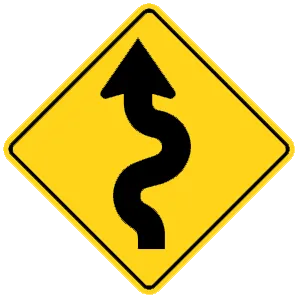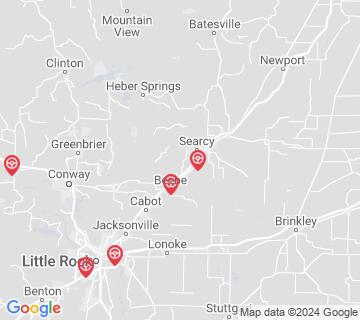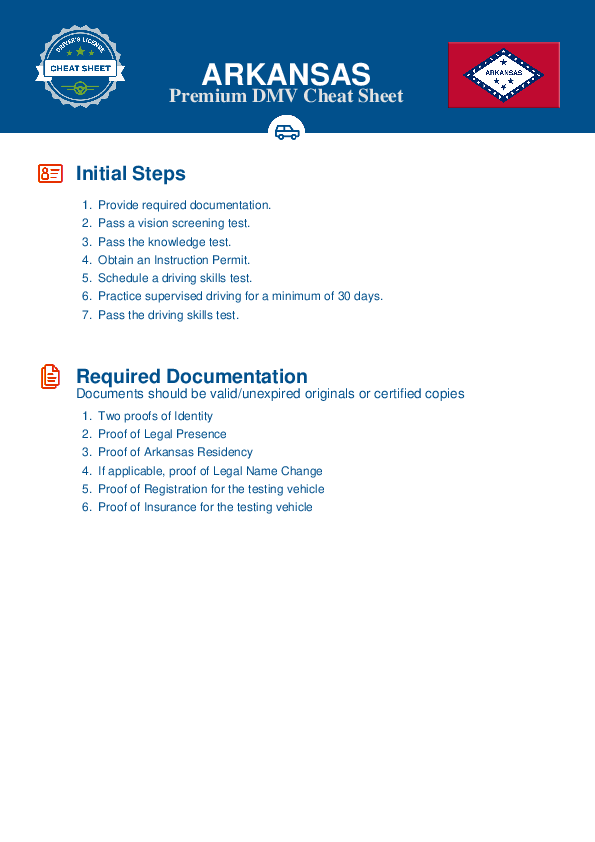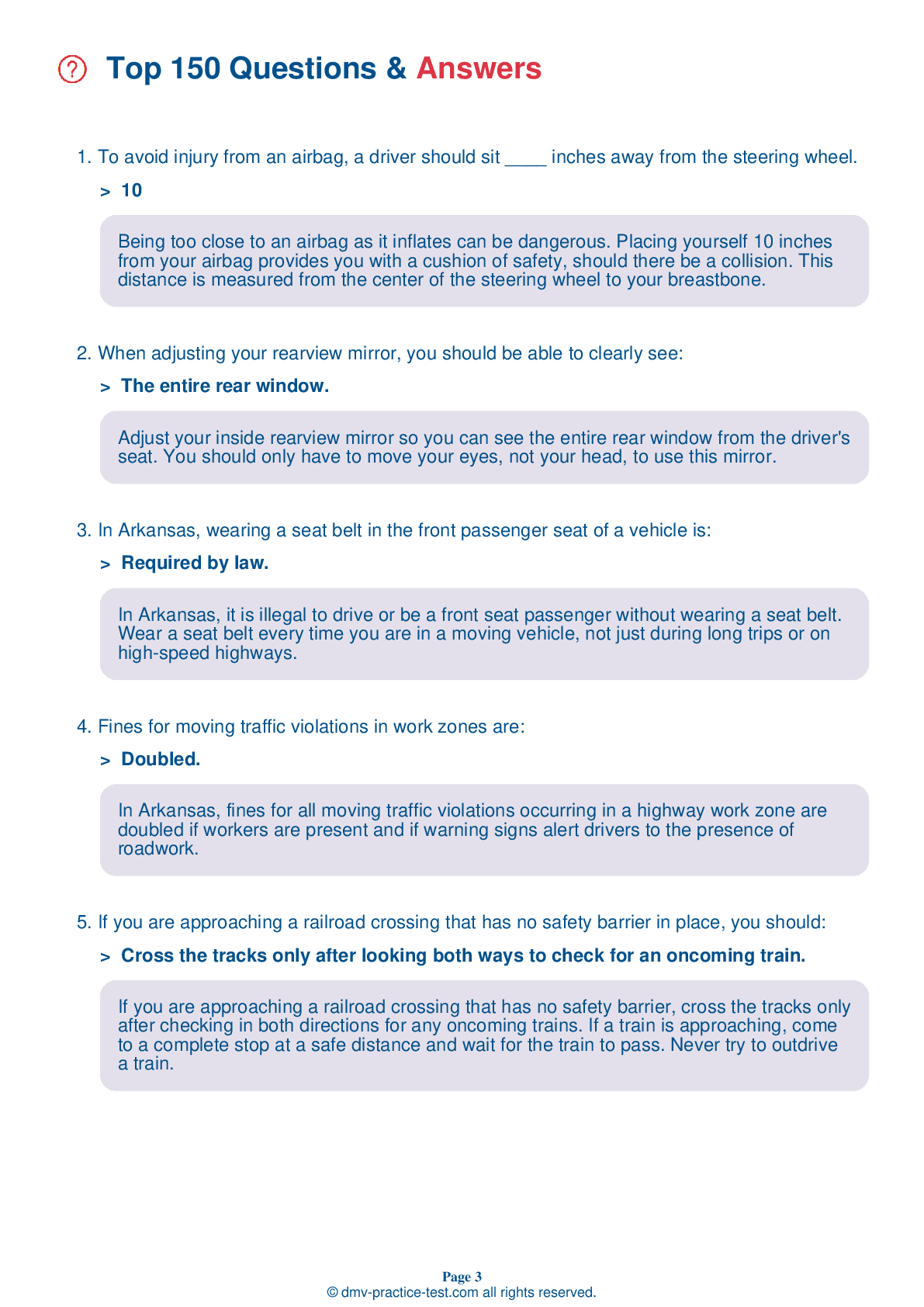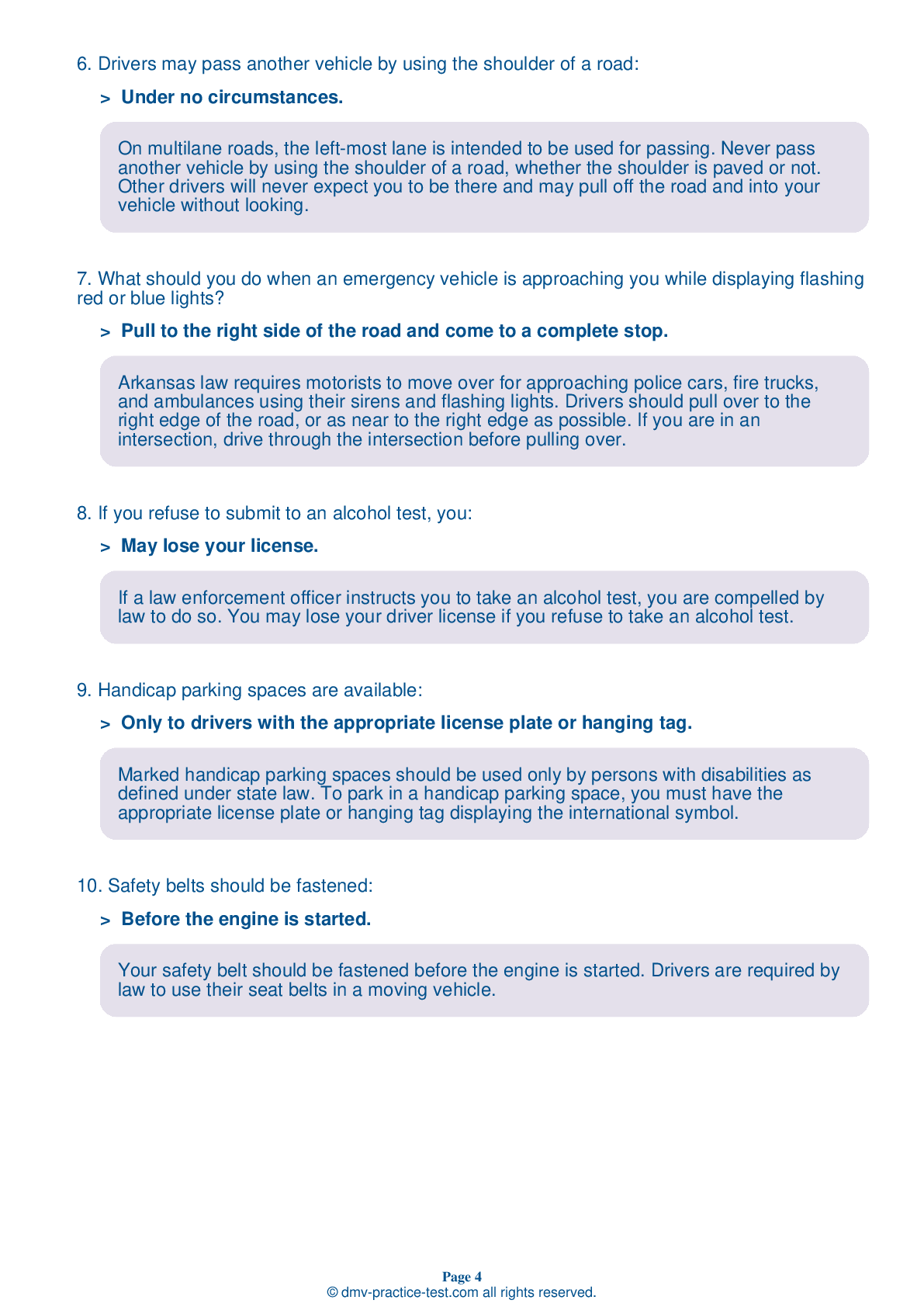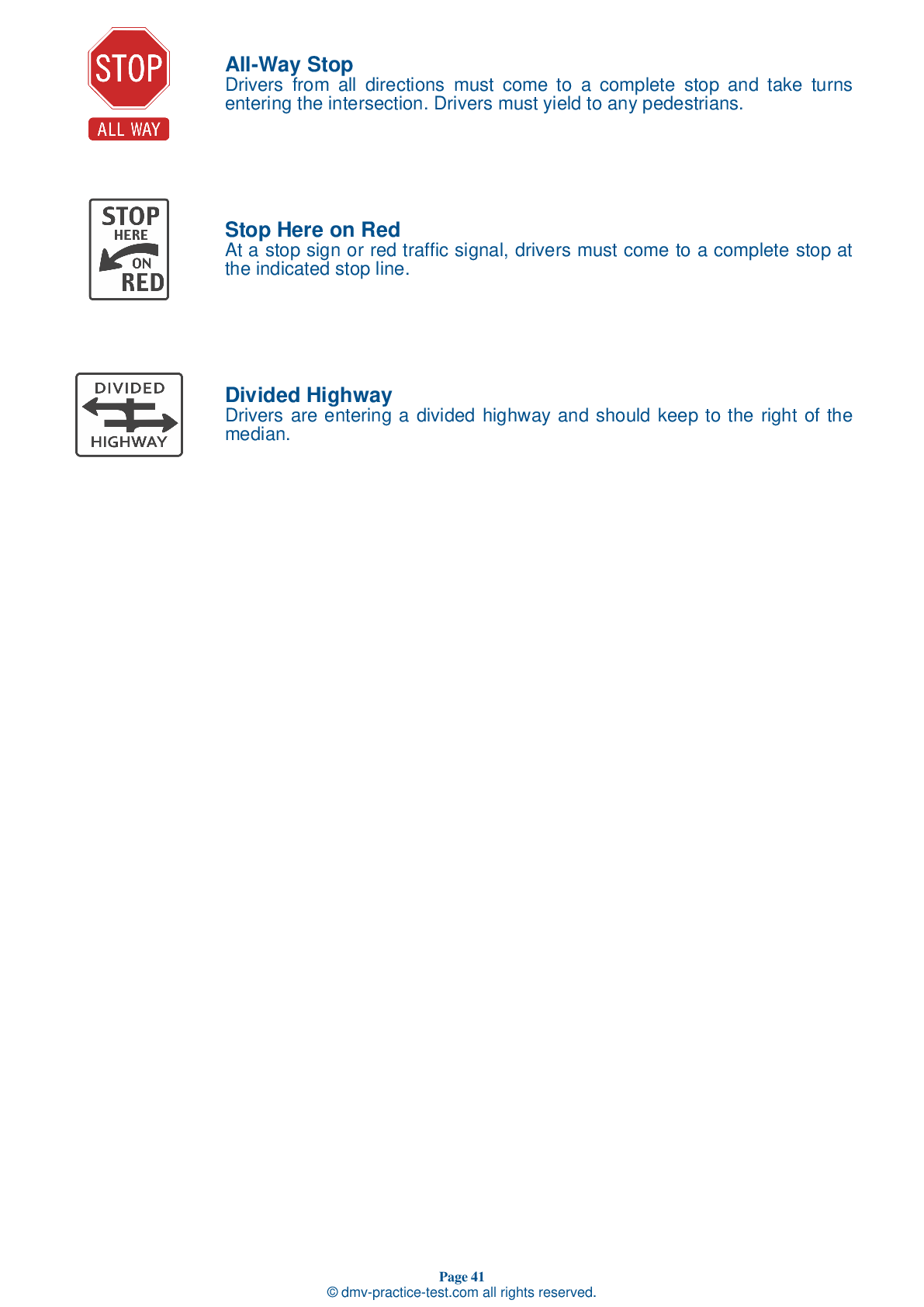FREE Arkansas DMV Practice Test #17 Page 2 of 3
This Arkansas DMV practise tests was recently updated for January 2025. It includes questions based on the 2025 Arkansas Driver Handbook's most essential traffic signs and restrictions. Use actual questions that are very similar (often identical!) to the DMV driving permit test and driver's licence exam to study for the DMV driving permit test and driver's licence exam.
To help you remember the concepts, each practise test question includes a recommendation and explanation. The written component of the official DMV test will include questions about road rules, traffic signs, and driving statutes, as well as information from the Driver Handbook.
To receive the required passing grade, you must correctly answer 20 out of 25 questions. Take our DMV practise exam to help you prepare for your Arkansas instruction permit or driver's licence.
The DMV exam is available in multiple languages.
Using any form of testing aid will result in an automatic fail, and the DMV may take further action against your driver's licence, so don't do it.
9 . You exit the freeway on a ramp that curves downhill. You should:
You should always slow down before entering a curve. You may not be able to see hazards ahead and braking in a curve may cause your vehicle to skid.
10 . At a red traffic light with a green arrow, you may proceed in the direction of the arrow if:
If you are in a lane corresponding to a signal displaying a green arrow, you may proceed in the direction of the arrow when the way is clear. This is true whether the arrow is displayed alone or together with another signal.
11 . This road sign means:
